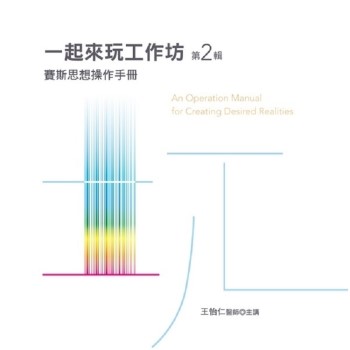Memes have been part of computer-assisted communication almost since the development of the first consumer browser (the "WorldWideWeb") in 1990. The Internet’s ability to provide a public sphere for people to discuss the issues of the day and other topics of interest means that people can use the language of the Internet to express themselves in ways that would not be feasible in the real world. Those bits of content are native to the Internet that it feels obvious to want to understand why they are so compelling to tens of millions of people that use smartphones, tablets, computers, and other smart devices. This book seeks to explain how memes influence societies and cultures beyond the confines of social networking services. It will begin by reviewing the fundamental definitions that frame discussions about memes in popular culture and academic research. There will be a connection between theoretical concepts about memes and the memetic content itself. Each chapter will be using one theorist’s work to dig a little deeper into what makes memes effective modes of engagement between people online.
| FindBook |
有 1 項符合
Meme Life: The Social, Cultural, and Psychological Aspects of Memetic Communication的圖書 |
 |
Meme Life: The Social, Cultural, and Psychological Aspects of Memetic Communication 作者:Tilton 出版社:Leyline Publishing 出版日期:2022-02-01 語言:英文 規格:平裝 / 250頁 / 普通級/ 初版 |
| 圖書館借閱 |
| 國家圖書館 | 全國圖書書目資訊網 | 國立公共資訊圖書館 | 電子書服務平台 | MetaCat 跨館整合查詢 |
| 臺北市立圖書館 | 新北市立圖書館 | 基隆市公共圖書館 | 桃園市立圖書館 | 新竹縣公共圖書館 |
| 苗栗縣立圖書館 | 臺中市立圖書館 | 彰化縣公共圖書館 | 南投縣文化局 | 雲林縣公共圖書館 |
| 嘉義縣圖書館 | 臺南市立圖書館 | 高雄市立圖書館 | 屏東縣公共圖書館 | 宜蘭縣公共圖書館 |
| 花蓮縣文化局 | 臺東縣文化處 |
|
|
圖書介紹 - 資料來源:博客來 評分:
圖書名稱:Meme Life: The Social, Cultural, and Psychological Aspects of Memetic Communication
|








